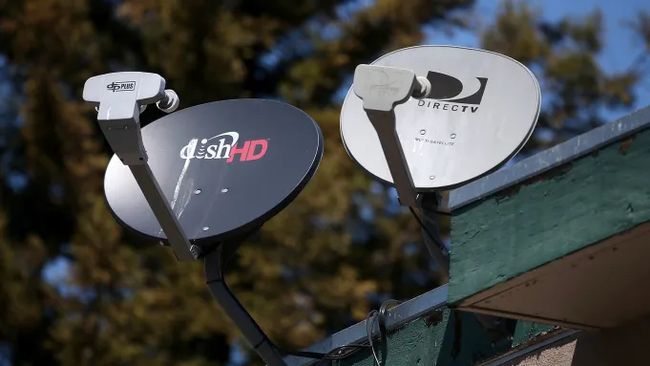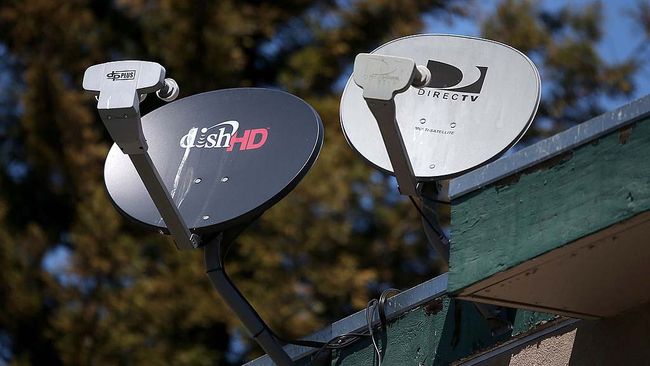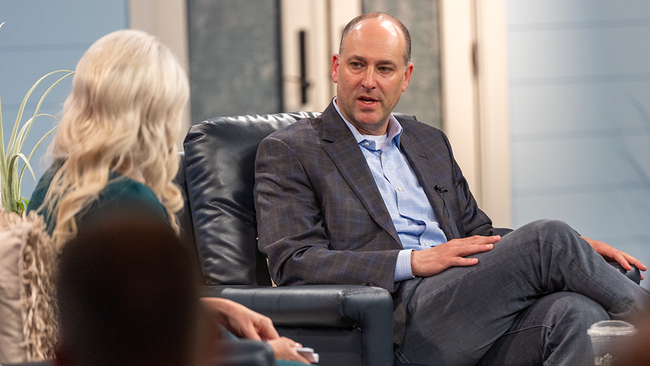
For the past few years, the only metric that seems to matter when scoring the streaming wars is subscriber count. That number seems universally acknowledged to be the alpha and omega of streaming service stats.

But, as my friend Rich Greenfield pointed out this week, in a world where all streaming services have some sort of ad-supported option, engagement, or, more accurately, time spent is an equally, if not more, valuable metric.
That’s because many people seem to forget that while ads run on linear TV whether or not anyone sees them, they’re only served on streaming services if someone is there to watch them.
That means that the more time viewers spend on a service, the more ads that service is able to serve to them and the more revenue it stands to make.
By focusing on originals, many of which are released on a weekly basis, SVOD services have unfortunately trained viewers to see streaming services as a specialized viewing experience, a place to go and watch the latest episode (or two) of the most-buzzed-about original series before logging off and moving on to something else.
This is a fine outcome if you are not selling advertising, provided you can keep your subscriber numbers steady. But if you are, and your ad-supported viewers are only spending an hour or two on the platform, that is not a great outcome by any stretch of the imagination.
There is, fortunately, a way to ameliorate this. And that is to borrow a page from the FASTs and roll out linear channels for library content.
NEXT TV NEWSLETTER
The smarter way to stay on top of the streaming and OTT industry. Sign up below.
This is not a novel idea: Paramount Plus and Peacock are already doing it, and as I wrote a few weeks back, it’s something that many people TVREV spoke with for our upcoming Special Report of the FASTs mentioned as being quite likely.
For ad-supported services, linear channels are a boon because they generally equate to more time spent on a service. Why? Because humans are lazy and if a new show pops on just as the old one was ending, it’s likely we’ll just stay there on the couch watching what comes next. There’s no action to take, no decision to make.
It’s why the SVOD services already all have the next episode of a binge-able series pop up just seconds after the previous one has ended. And why YouTube autoplays video, too.
For streaming services, both FAST and SVOD, linear channels can also be more than just a way to keep viewers watching longer — they can, if curated correctly, become a destination, which is another way to ensure that viewers are spending more time on the platform watching all those ads.
This solves one of the problems that many SVOD services have, which is that there is a wide gap between their originals, which are fresh and timely, and their library shows, which can feel both overwhelming in terms of volume and dated in terms of relevance, making it easy for viewers to avoid them. (The fact that they rarely show up in the algorithm’s recommendations doesn’t help either.)
This latter point is particularly true for services like Netflix that are not associated with major media companies — Hulu, Peacock and Paramount Plus, for example, all have current season episodes of their parent company’s network’s shows, which gives viewers something current to watch when they’re not watching originals.
There’s another reason why many people are betting that more SVOD services will roll out linear channels to help with advertising performance: they can hold bigger ad loads and the shows, mostly network TV series, are cut with ad breaks in mind.
This, it turns out, may prove very valuable given the rumors floating around that the rights to many of those streaming originals do not include the right to sell advertising against them. This means the SVOD services in question will have a stronger need than ever to drive viewers to their library shows.
The Future Value of Time Spent
While rolling out linear channels can provide SVOD services with some help on the “time spent” front, there are other factors at work that will also limit time spent.
SVOD services face increased competition not just from each other, but from other media outlets like Spotify (podcasts in particular), TikTok and gaming. Time spent on those alternate entertainment options is time not spent on TV, and it is likely that TV will never recover the stranglehold it held on consumer attention for many years.
While this was not a problem when subscriber numbers were the key metric — people will gladly pay $10 per month for a service they only use weekly — it will become an issue as time spent becomes a key metric.
It will be interesting to see if Wall Street starts to recognize the value of time spent, given their fixation on subscriber numbers and over-the-top reaction to small blips in either direction.
That said, those services that can figure out the right blend of programming and the right cadence with which to release that programming in order to keep ad-supported viewers on their platforms for increasingly longer periods of time will be the ones who wind up advancing to the next level of the Streaming Wars, while those who fail to adequately engage their ad-supported viewers will get left behind. ■
Alan Wolk is the co-founder and lead analyst for media consultancy TV[R]EV










